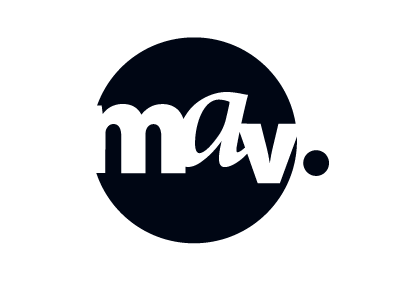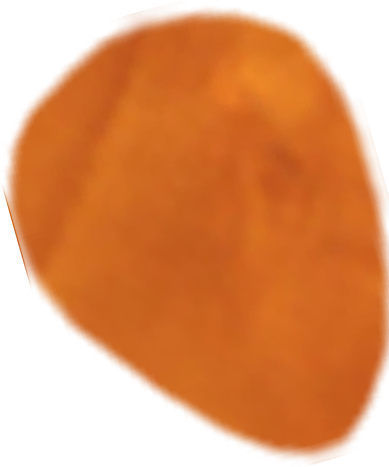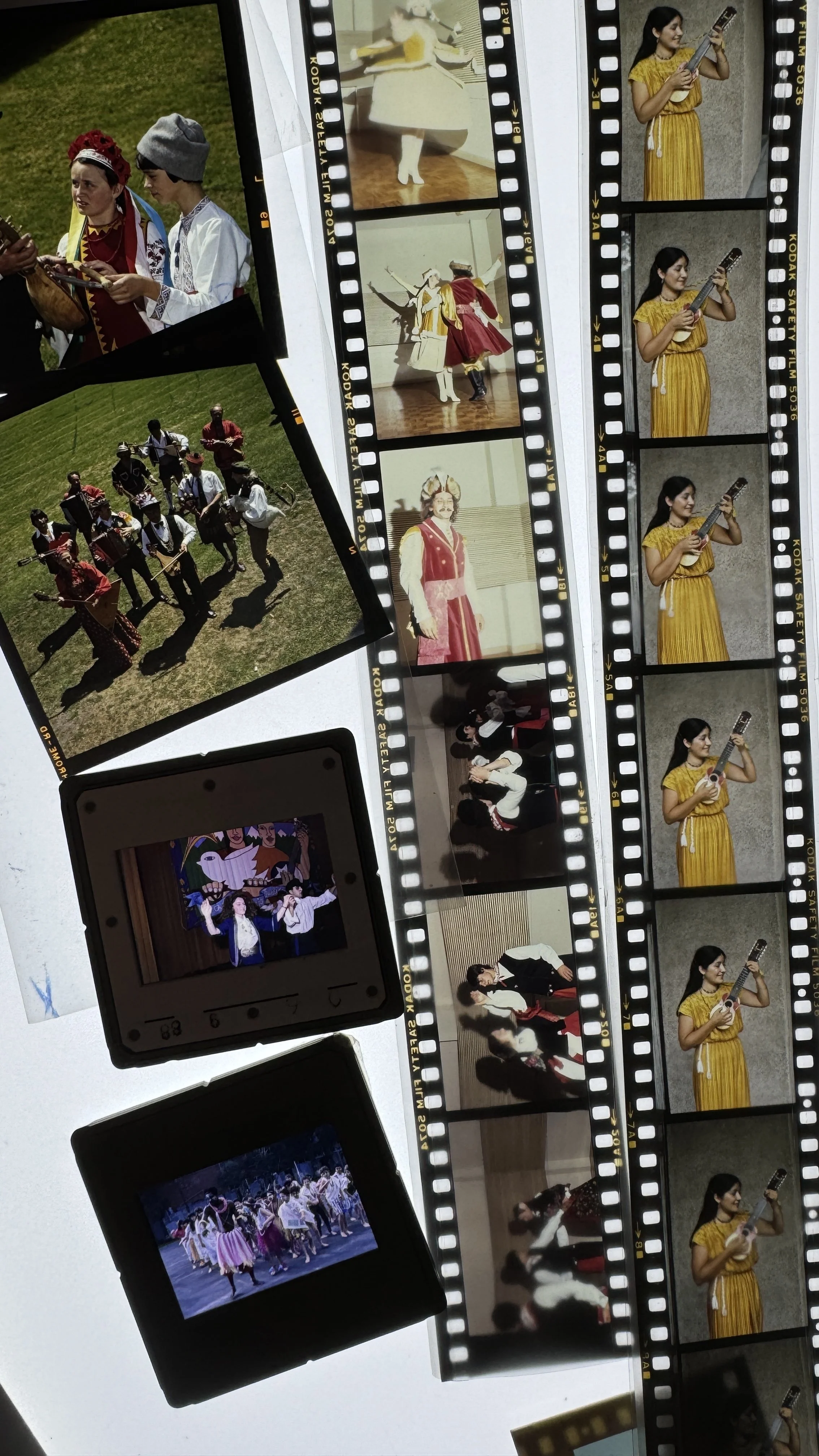Why look back?
Multicultural Arts Victoria (MAV) has evolved over five decades as a powerful vehicle for change delivering high-quality projects and performances.
Art is, by nature, non-conforming, critical, emotionally riveting, and fearless. In other words, its peaceful resistance, especially when created by artists with lived experiences of oppression, such as First Peoples, refugees, culturally and linguistically diverse (CALD) and People of Colour (POC); but also, women, Disabled people, Deaf people, queer and non-gender conforming individuals. Often these communities have been conditioned to understand they will not be believed or afforded the dignity of being heard.
Art has always been used in resistance on these lands.
Wayapa Wuurrk. Diasporas on Djarra Country, 2017. Photo by Shane Carey. “I believe that any expression of Aboriginal art, be it traditional or contemporary is an act of political defiance. So much time and effort, two hundred years of very concerted effort to destroy Aboriginality and Aboriginal culture has gone into this country. The fact that Aboriginal culture does remain a living thing in itself is an extraordinary political statement, about their resilience, their adaptability and their tremendous willpower.”
Dr Gary Foley, Gumbainggir, 1988.
If we want to continue to evolve with our artist communities, we are compelled to examine the past through the lens of time before we curate the future. We must also ask whose voices were not heard, whose stories should be centred, and how we create the greatest possible cultural impact via our work, while ensuring the greatest care for artists. Looking back is crucial for MAV to celebrate what has been, but also to separate out which parts of art-making that should endure.
Moju performs at Our Place, Our Home. 2017. Photographer: Thom Mitchell.
RETROSPECTION as a creative program is designed to find respect and reciprocity across creative diaspora communities, examining truths and growing through critical thinking and exchange.
Through video, community engaged events and other creative collaborations across the intersections of culturally diversity and BIPOC spaces, we aim to provide the conditions for nuanced conversation and artwork to take place, so MAV can play a critical role.
For now, these are the provocations holding the development of this program accountable:
Provoke over tell
Discourse over definition
Co-direct over direct
Radical acceptance over hyperpolarisation

By actively engaging in co-design with diverse creatives, we want to guard against the manipulation and gatekeeping of artistic practices and foster a landscape that values authentic work.
Am I a multicultural artist?
Photography negatives from the archives.The word Multicultural is a complicated marker of identity. One need look no further than the openly racist White Australia Policy — which preceded the organisation’s inception as The Festival of All Nations — to understand how social values and language continually evolve.
Prior to this policy, which was aimed at preventing non-white migration, Aboriginal people of mixed descent were removed from reserves around Australia, with the goal of assimilation into the white community.
Media, artistic and political narratives often focus heavily on the negative experiences of ‘Multicultural’ artists, centring on displacement and pain, over positive attributes of joy, growth, healing and love. However, narratives have conveniently steered migration stories away from the true horrors of history and the violent dispossession of lands and forced removal of children of Aboriginal and Torres Strait Islander, and First Peoples around the world.
Identity is complicated and can be traumatic. This is why RETROSPECTION also seeks to find out, with care and consideration:
What does it mean to be multicultural in Victoria now?
What is the truth about inclusivity?
What does it mean to deeply listen to, and relate to a diverse community?
50 years on from the organisation’s inception as The Festival of All Nations, just who are we, and who do we want to be in time?
What does MAV do now?
We’re committed to providing conditions for diverse creatives to thrive. We do this through culturally responsive programming, services and advocacy, designed for and with communities. MAV aims to:
Change the creative landscape by training tomorrow’s arts and cultural leaders.
Support artists to make exceptional, meaningful work that fights against intolerance and injustice.
Champion connection, through community engagements.
Pursue a world where creatives are equitably valued, resourced and have agency.
We achieve this in partnership with organisations that are also committed to cultural responsibility, across various sectors from the creative, to health and wellbeing, to social justice.
How can MAV remain committed to making sure culturally diverse artists and artforms are recognised and valued, and provide the conditions for diverse creatives to thrive?
MAV staff at Ahead of the Curve, 2022. Photographer: Wildhardt.Our desired outcomes:
To locate MAV in the context and history of the land.
Reset precious relationships with artists and communities.
Renew purpose, find joy, and commit to evolving via a public Strategic Plan.
Develop new relationships and new works.
Provide research and data about the engagement of CALD artists and Artists of Colour.
Develop artistic provocations and responses.
Deepen knowledge, understanding, and cohesion with communities.
Examine values.

For now…
This is an emergent program that is not bound to time or rigid expectations. This program is bound to cultural commitment, transparent relations and connected community.
Projects, events, artwork and open-source knowledge-share related to Retrospection, will be announced in due time.









